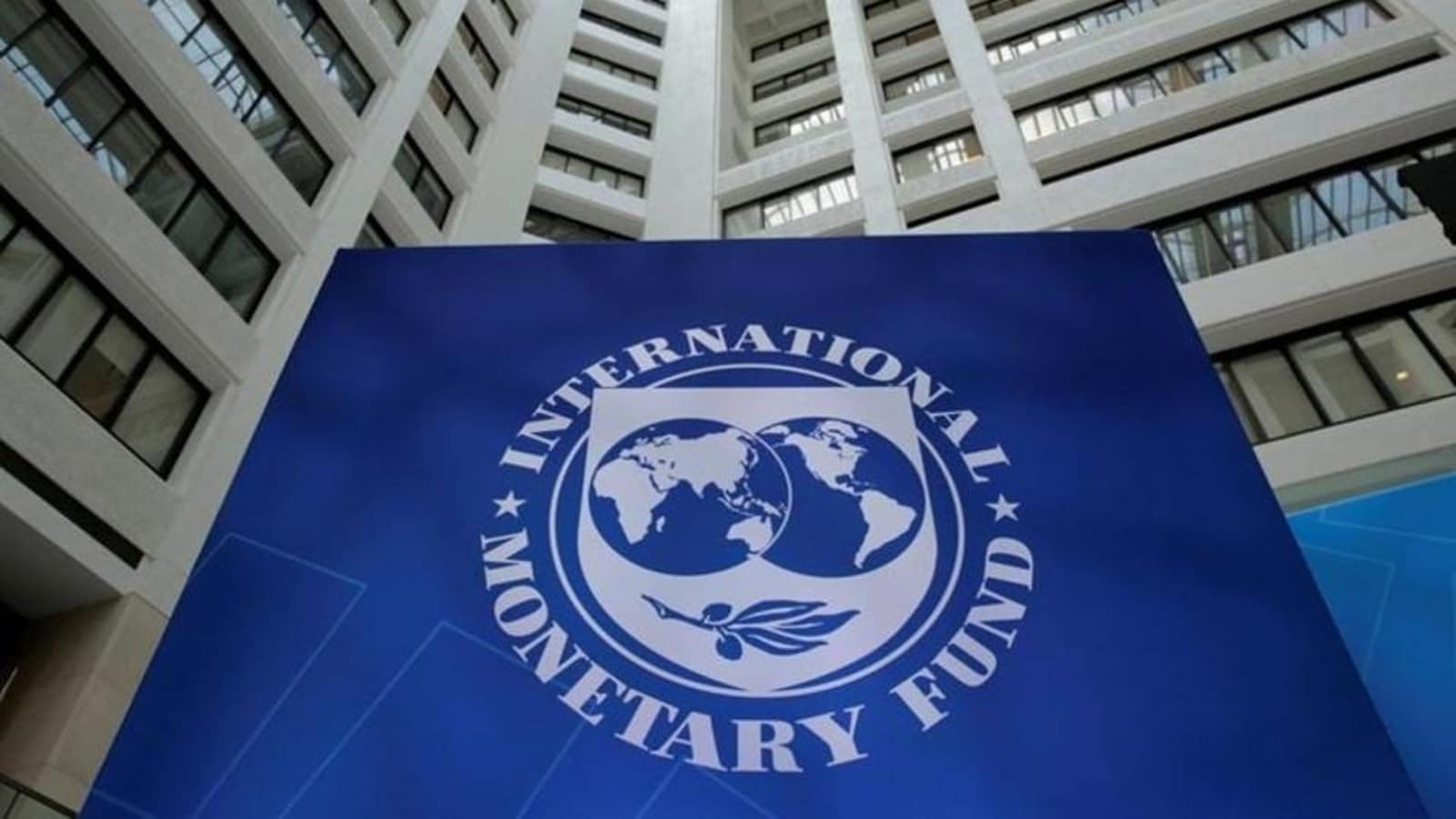India has almost wiped out extreme poverty: International Monetary Fund
In India, the number of people living in extreme poverty -- defined by the World Bank as living on US$1.9 or less in purchasing power parity (PPP) terms -- was 0.8% of the population in the pre-pandemic year 2019, stated the IMF paper, published on April 5, 2022.
India has almost wiped out extreme poverty, says IMF(REUTERS)
Updated on Apr 07, 2022 05:40 PM IST
By
Zia Haq
New Delhi: India has almost eradicated extreme poverty and brought down consumption inequality to its lowest levels in 40 years through state-provided food handouts, according to a new working paper published by the International Monetary Fund (IMF).
The IMF working paper -- authored by economists Surjit Bhalla, Arvind Virmani and Karan Bhasin -- said that the proportion of people living in extreme poverty, at less than 1%, remained steady even during the pandemic on the back of “in-kind” subsidies, especially food rations.
The study comes at a time when several recent global reports have pointed to the widening gap between the rich and poor in Asia’s third-largest economy, while studies on the economic shocks of the Covid-19 pandemic vary in their conclusions.
In India, the number of people living in extreme poverty -- defined by the World Bank as living on US$1.9 or less in purchasing power parity (PPP) terms -- was 0.8% of the population in the pre-pandemic year 2019, stated the IMF paper, published on April 5, 2022.
Food rations were “instrumental” in ensuring that extreme poverty did not increase and “remained at that low level” in the pandemic year 2020, the study found. PPP is a metric that equalises the buying power of different currencies to make comparisons easy.
Our results also demonstrate the social safety net provided by the expansion of India’s food subsidy program absorbed a major part of the pandemic shock,” the authors stated. Such back-to-back low poverty rates suggest India has eliminated extreme poverty, they concluded.
Also read:
What sets their study apart, according to the authors, is the effect of subsidy adjustments on poverty. The results are “striking”, they said in the working paper. Food handouts curbed poverty by acting like “cash transfers”.
IMF states that its working papers describe research in progress, and are published to elicit comments.
Real (inflation-adjusted) inequality, as measured by the Gini coefficient, which stands at 0.294, is now very close to its lowest level 0.284 observed in 1993-94, the paper stated. The Gini coefficient ranges from 0 to 1, with 0 representing perfect equality and 1 representing perfect inequality.
The food subsidy is 5kg per person. In terms of a household, that would be about 25 kg a month. Now if you convert that into prices, that would come to about ₹750. This is not an insignificant amount for really poor households,” said Pronab Sen, former chief statistician of India.
“But I cannot imagine ₹750 changing the inequality part of it. Absolute poverty in terms of hunger…yes, but inequality is a different ballgame. ₹750 is just not enough to move the needle on inequality,” Sen added.
Also read: Why IMF praised PM Modi’s food security scheme during pandemic
Most previous studies and measures of poverty and inequality did not account for the role of food handouts, the paper’s authors noted. “These (new) estimates include, for the first time, the effect of in-kind food subsides on poverty and inequality,” the paper stated.
In India, the number of people living in extreme poverty -- defined by the World Bank as living on US$1.9 or less in purchasing power parity (PPP) terms -- was 0.8% of the population in the pre-pandemic year 2019, stated the IMF paper, published on April 5, 2022.

www.google.com
















